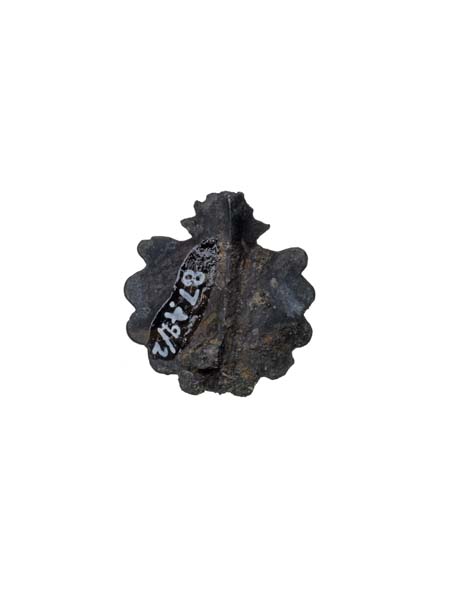About this object
-
ID:
87.49/2
Production date:
Late Medieval; 15th century
-
Location:
In Store
Pilgrim badge from the shrine of St James in Santiago de Compostela in north-west Spain. This badge is in the shape of a scallop shell. It was found in a 15th-century dump at Butler’s Wharf in Bermondsey. Santiago de Compostela was the third most important pilgrimage destination after Jerusalem and Rome. It was believed that the body of the apostle St James, who was martyred in AD 42, had been miraculously transported from Jerusalem to Galicia in Spain. By the 11th century his shrine at Compostela was attracting pilgrims from all over Europe. Many Londoners undertook the long and dangerous journey here, visiting a string of European shrines on the way. The badge of St James was the scallop shell, though no one is quite sure why. Pilgrims originally bought actual scallop shells from the shrine and attached them to their bags or wore them round their necks. Soon demand outstripped the supply of real shells so metal versions were sold instead. In the 13th century, there were 100 licensed badge makers in Compostela. Eventually St James came to be known as the patron saint of pilgrimage and the sign of the scallop became the symbol of pilgrimage itself, rather than just the badge of the Compostela shrine.
-
Measurements
H 16 mm; W 15 mm
-
Materials
lead alloy
-
Last Updated
2024-03-14
Record quality:
Not every record in Collections Online is complete. Some have low quality images designed purely for recognition, while some have been catalogued only to a basic standard. This graphic is designed to give you an impression of the quality of data you can see. 100% meets all our current data standards and has a high quality image, 20% is a basic record with no image. Individual record quality can change over time as new photography is carried out and records are worked on.
X








